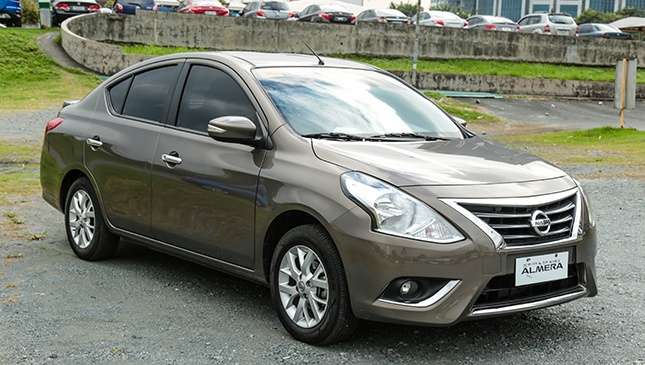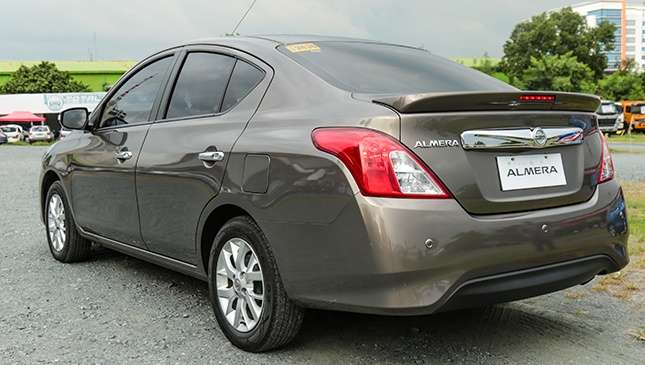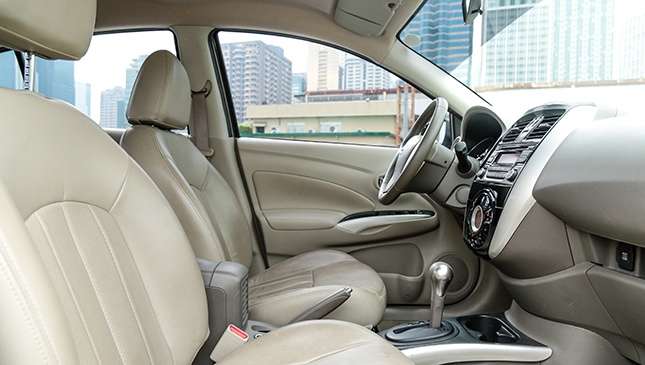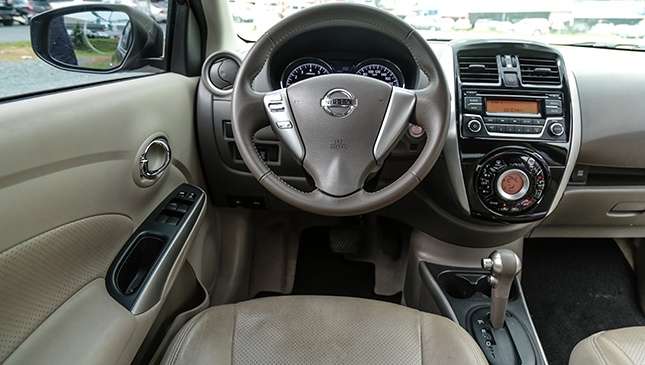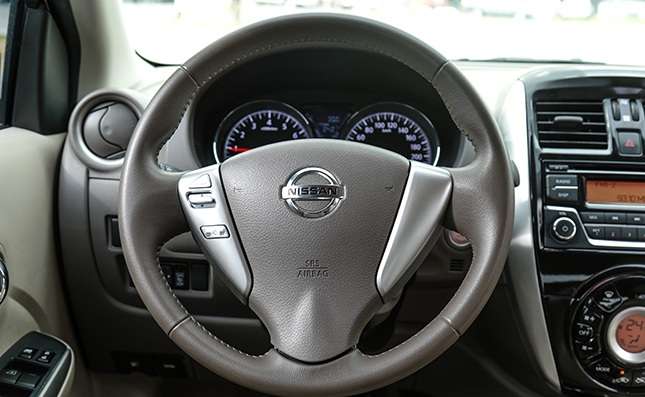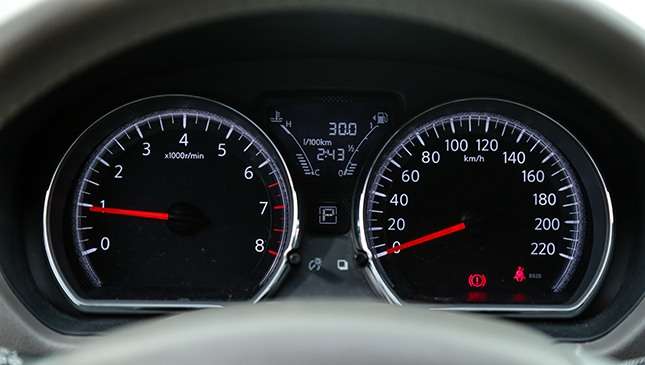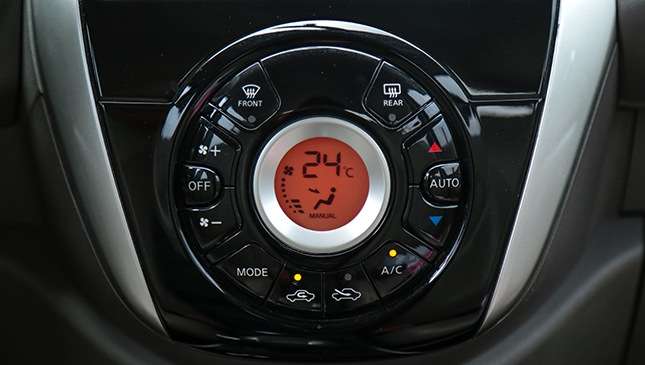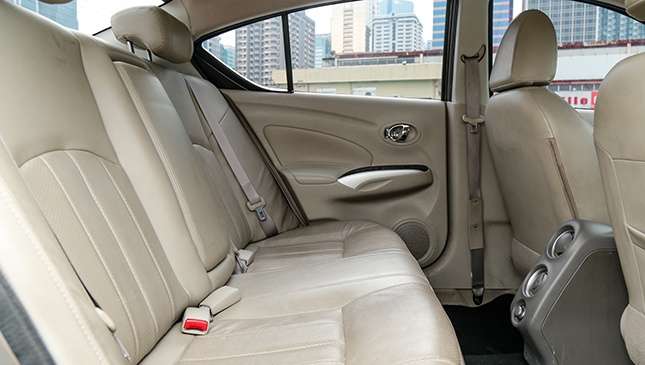Behind the wheel of Nissan's V8-powered LandCruiser rival.
/editorial/116936/nissan-has-updated-its-patrol-four-wheel-drive-for-2018-329.jpg)
What is it?
Nissan’s flagship four-wheel-drive, a 2.75 tonne totem to “bigger is better” thinking that touches just about every element of the Nissan Patrol.
What do you get?
You get plenty of gear for the cost, including heated and cooled leather front seats with a driver’s memory function, an 80inch front touchscreen with sat nav and twin headrest-mounted 8-inch rear displays, smart keys, a powered tailgate, 360 degree camera and more.
The dash and stereo lack modern touches such as a digital speedo or Apple CarPlay, though its 13-speaker Bose stereo packs a fair amount of wallop. Niceties include an electric sunroof, 18-inch alloys with multi-purpose tyres, a variable-mode all-wheel-drive system and a digital “intelligent rear view” monitor mounted in the driver’s mirror. Operated by the sort of mechanical lever you might normally use to use a dipped mirror for night driving, the digital screen offers a clear view of the road behind unimpeded by passengers or cargo in the back.

Nissan supports the car with a three-year, 100,000 kilometre warranty and servicing is due every six months or 10,000 kilometres.
What’s under the bonnet?
Arguably the best and worst element of this car, the Patrol is powered by a petrol-fuelled 5.6-litre V8 that sends 298kW and 560Nm to all four wheel through a seven-speed automatic transmission with a proper low range mode.
The motor is magnificent, offering immense pulling power from low in the rev range all the way to the top of the tacho. Sweet and sonorous, the engine feels as though it should be in a sports sedan or muscle car as opposed to a seven-seat SUV, rumbling away with a pleasing bellow under load.
Low gearing helps the Patrol leap away from the lights with spritely initial acceleration you wouldn’t expect from such a big car, aided by an absence of lag from the engine or its smooth transmission. Over-driven sixth and seventh gears keep it quiet on the highway, and a rotary controller for the drive system makes it easy to pop the Patrol into off-road modes.
The catch is that it is a seriously thirsty engine, drinking a claimed 14.4L/100km of premium unleaded that worked out closer to 18.5L/100km in our time with the car. Slurping through its 140-litre fuel tank with the sort of enthusiasm normally reserved for the footy sheds on Mad Monday, the Patrol will have you well acquainted with your local service station. And the one on the way to work, as well as the servo around the corner from the kids’ school and sporting venues.
What’s it like to drive?
This Patrol offers a comfortably and impressively well-sorted ride. Rolling on chubby 70mm-tall sidewalls and plush suspension with a clever inter-linked hydraulic system, the big unit shrugs off most bumps with ease, particularly at low speed.

It encourages you to take a relaxed approach to driving – this isn’t a car that wants to be hustled – taking your time to slow down and approach corners gently.
The Patrol’s somewhat aloof steering is offset by brakes with excellent power and feel, giving you plenty of confidence in its stopping ability.
A pleasure to drive on the open road (where that creamy V8 excels), the Patrol is a hassle in tight urban environments. You’re always aware of the Patrol’s 5.16 metre length and 1.99m height, particularly in multi-storey car parks.
We didn’t have a chance to take the Nissan off-road in a proper manner, but previous experience with the Patrol suggests it is more than up for the challenge of gravel adventures.
It’s also an impressive tow rig, one likely to feel much more planted than a dual-cab ute when towing up to 3500 kilos.
What’s it like inside?
Spacious and plush, the Patrol’ plush and substantial seats are ideal for long days on the road. We’d like a little more adjustment from the steering wheel and driver’s seat, and to ditch the foot-operated parking brake in favour of an electric button.
Nissan’s interior feels dated in 2018, with small, low-resolution screens beset by dozens of buttons surrounded by glossy, fake-looking wood.

Ruffled leather on the door cards feels very 1990s, as does the prominent CD player poisoned in the middle of the dash.
Power comes from four 12-volt power outlets and two USB points that don’t quite match modern machines such as the Ford Everest for ease of access, particularly in the back rows.
Cargo space in the rear is truly cavernous, and a maximum payload of 750kg should come in handy on weekends.
Is it safe?
Nissan equips the patrol with front and side airbags for the driver and front passenger, along with curtain airbags to all three rows. The Ti-L also has driver aids including active cruise control, forward collision warning, lane departure warning and blind sport warning systems, but not autonomous emergency braking.
Australia’s ANCAP safety body has not crash-tested the Patrol, which feels solid enough to be a reasonably safe proposition in the real world.

What else should I consider?
Toyota’s LandCruiser is the obvious alternative to the Patrol and a clear leader in the sales charts. Other options include the Land Rover Discovery, Jeep Grand Cherokee and Ford Everest, though none are an exact match for the Patrol’s charms.
2018 Nissan Patrol specifications
Engine: 5.6-litre V8 petrol
Power: 298kW at 5800rpm
Torque: 560Nm at 4000rpm
Transmission: Seven-speed automatic, four-wheel-drive
Fuel use: 14.4L/100km
If you’re in the market for a Nissan Patrol - view what Group 1 Nissan has to offer and visit the dealership to test drive the Nissan Patrol.






